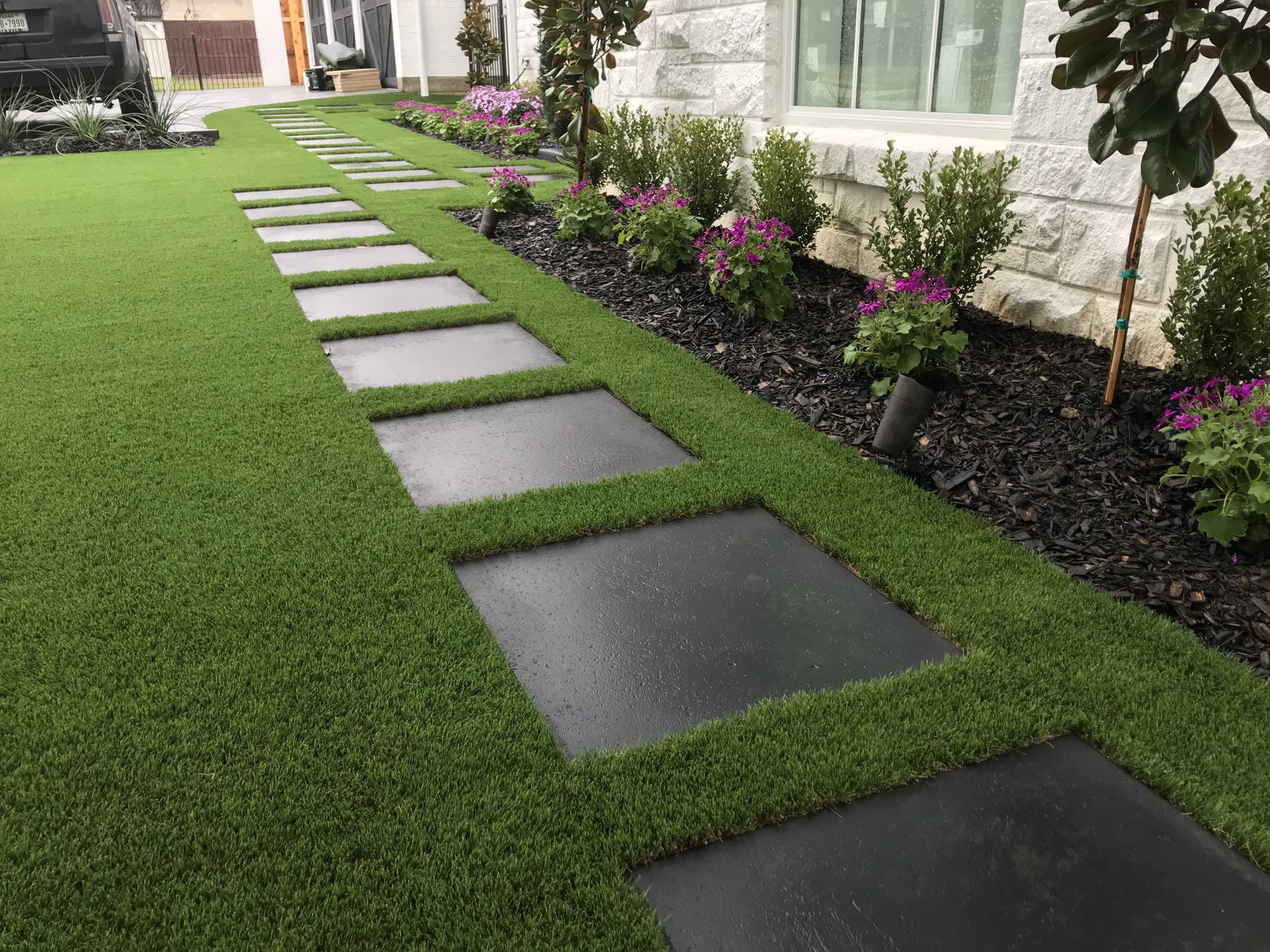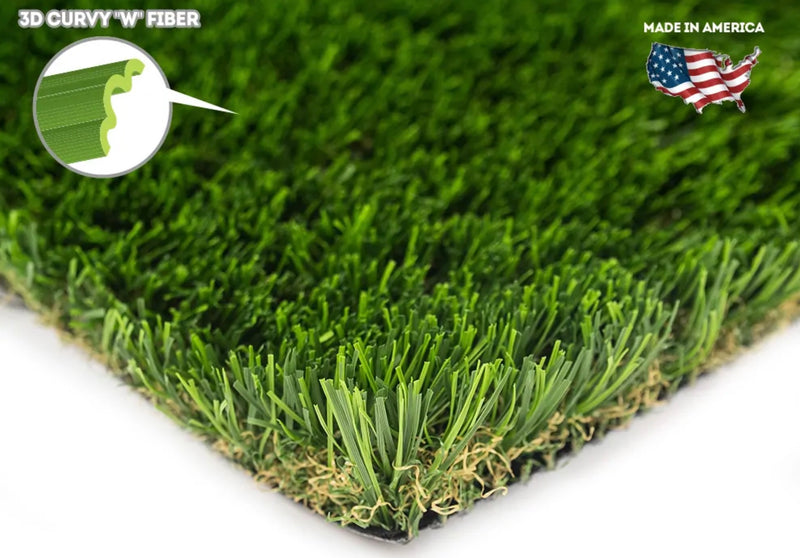Long-Lasting Arizona Artificial Turf for Residential and Commercial Applications
Long-Lasting Arizona Artificial Turf for Residential and Commercial Applications
Blog Article
Explore the Environmental Conveniences of Opting for Synthetic Grass Solutions
The fostering of man-made turf remedies offers a compelling opportunity to deal with pressing ecological obstacles. By significantly reducing water usage and minimizing the application of damaging chemicals, these alternatives not just advertise lasting landscaping yet additionally safeguard neighborhood environments. Furthermore, the reduced carbon impact connected with reduced maintenance activities adds to an extra sustainable method to land management. Nevertheless, the implications of these benefits extend beyond plain conservation initiatives, questioning about their long-lasting influence on habitat preservation and total eco-friendly balance. Checking out these measurements discloses a complex interplay worth considering.
Water Preservation Benefits
One of the most considerable advantages of fabricated grass is its ability to save water. In contrast, fabricated turf does not need watering, significantly minimizing the overall demand for water sources.
By removing the need for regular watering, synthetic grass contributes to lasting landscape practices and aids minimize the ecological influence of excessive water usage. The conservation of water expands to the decrease of drainage, which can lead to soil erosion and waterway pollution.
Furthermore, the installment of artificial grass permits property owners and districts to allocate water sources much more efficiently, focusing on crucial usages such as alcohol consumption water and farming. The shift in the direction of synthetic grass not only promotes responsible water usage yet additionally lines up with broader environmental goals targeted at maintaining all-natural sources.
As neighborhoods significantly prioritize sustainability, the water preservation advantages of synthetic grass offer a compelling case for its adoption in residential and commercial landscaping tasks.
Minimized Chemical Usage
The shift to synthetic grass considerably reduces the dependence on chemical treatments typically made use of in natural turf upkeep. Traditional turf monitoring usually includes the application of fertilizers, herbicides, and pesticides to promote growth and control bugs. These chemicals can present threats to human health, regional wildlife, and the atmosphere, adding to soil and water contamination.
In comparison, synthetic grass removes the demand for these dangerous materials. By minimizing the launch of artificial substances into the ecosystem, artificial grass advertises much healthier dirt and water systems.
Furthermore, the lack of chemical drainage linked with man-made lawn installations aids protect neighborhood waterways from contamination, sustaining water life and keeping biodiversity. Arizona artificial turf. As neighborhoods progressively prioritize lasting techniques, choosing synthetic grass offers a practical solution that straightens with environmental conservation objectives. With this change, building owners can take pleasure in rich eco-friendly spaces without jeopardizing environmental health and wellness, leading the method for an extra lasting future
Reduced Carbon Impact

Moreover, the installment of man-made lawn this content can lead to significant water conservation. All-natural lawns call for significant amounts of water for watering, which not only includes in the carbon footprint connected with water removal and therapy but also strains local water resources. In contrast, synthetic grass needs minimal upkeep, needing no watering, therefore dramatically minimizing water usage and its connected power expenses.
Additionally, the long life of artificial lawn adds to its lower carbon impact. With a life expectancy of as much as 15 years or even more, the need for regular substitutes is diminished, resulting in much less waste and reduced energy intake in production and dealing with traditional yard options. On the whole, artificial lawn provides a sustainable option for ecologically mindful landscape design.
Habitat Preservation
Habitat conservation is a vital consideration in the dispute over landscape design choices, particularly when contrasting fabricated turf to natural turf. All-natural yard yards typically require substantial maintenance, consisting of using herbicides, fertilizers, and chemicals, which can adversely influence regional communities. These chemicals click over here can seep right into the dirt and rivers, damaging native plants and animals and interfering with regional environments.
Artificial grass gets rid of the requirement for dangerous chemicals, consequently protecting neighboring wildlife and preserving the honesty of bordering ecological communities. The installment of artificial lawn can lead to the conversion of former grass locations right into even more biodiverse landscapes, such as pollinator gardens or indigenous plant areas, which can sustain local wildlife.
Inevitably, the transition to synthetic turf not just conserves water and decreases maintenance efforts however likewise promotes a much more harmonious relationship in between human activities and the native environment, promoting environment preservation in the process.
Long-Term Sustainability
Lasting sustainability is a crucial factor in evaluating the advantages of artificial lawn over conventional grass lawns. One of the most substantial benefits of fabricated turf is its sturdiness; it can last up to 15-20 years with marginal upkeep, whereas natural grass requires regular reseeding and replacement. This durability lowers the requirement for consistent sources, such as water, plant foods, and chemicals, which are essential for keeping a healthy and balanced grass lawn.
Additionally, synthetic grass contributes to a decrease in carbon exhausts related to lawn care equipment. Typical yards typically call for gas-powered lawn mowers, trimmers, and blowers, every one of which add to air contamination. Arizona turf. In comparison, synthetic turf eliminates the requirement for such equipment, advertising a cleaner atmosphere
In addition, the manufacturing of fabricated lawn significantly makes use of recycled products, improving its sustainability profile. As suppliers adopt green techniques, the ecological impact of Full Article synthetic grass remains to reduce.

Conclusion
The adoption of synthetic grass options presents substantial environmental benefits, including substantial water preservation, reduced dependence on damaging chemicals, and a lower carbon footprint. Synthetic grass help in preserving natural environments by reducing land disruption and promoting long-term sustainability via the usage of resilient materials. Jointly, these factors highlight the possibility of man-made lawn to contribute positively to ecological health and wellness and provide a viable choice to typical landscaping techniques in an increasingly resource-conscious globe.
In comparison, fabricated lawn does not need watering, significantly minimizing the total need for water resources. By reducing the launch of synthetic substances into the environment, man-made lawn advertises healthier dirt and water systems.
In addition, the installation of synthetic grass can result in significant water conservation. In contrast, fabricated lawn requires very little maintenance, calling for no watering, therefore significantly lowering water usage and its linked power costs.

Report this page